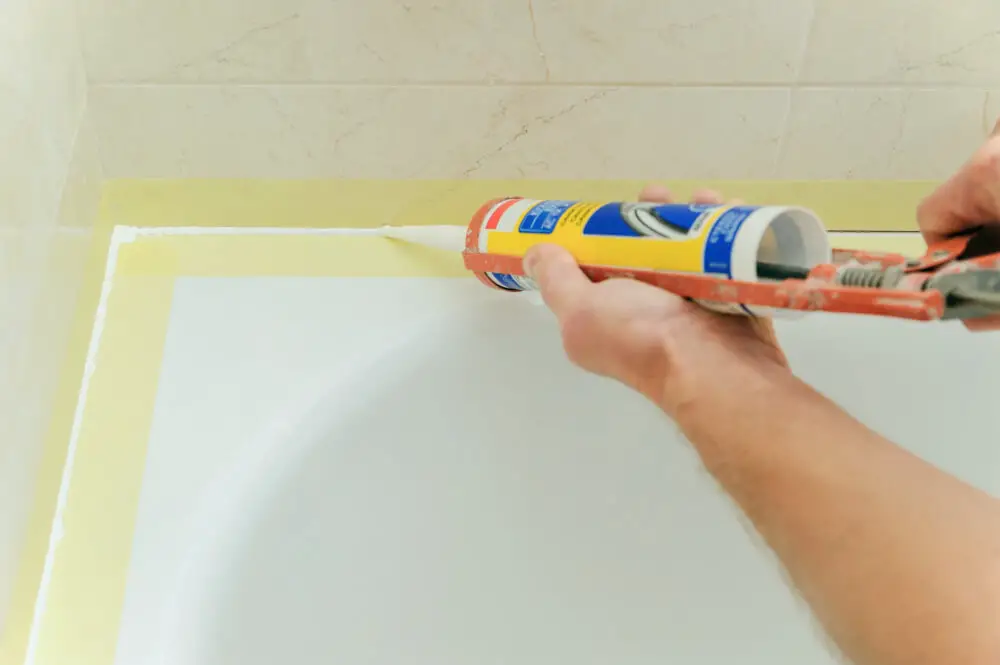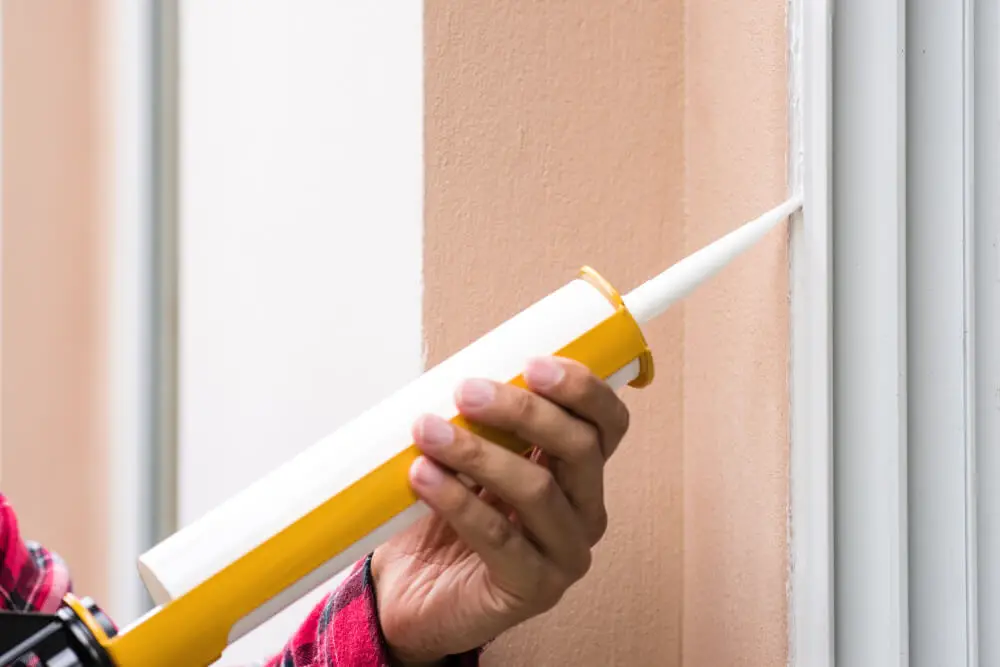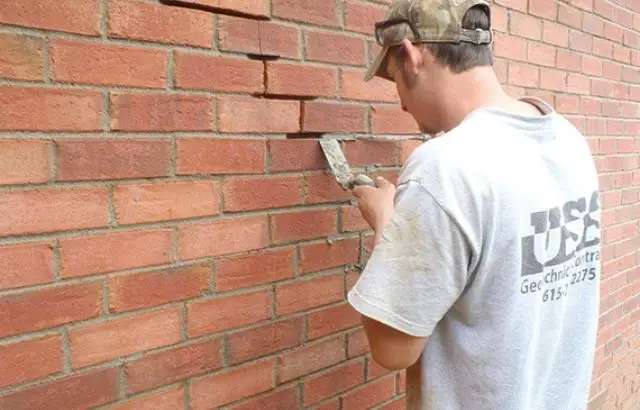Caulk is a versatile material widely used in construction and home improvement projects. It is commonly used to seal gaps and joints, preventing air and water from seeping through. Whether you are caulking a bathtub, window, or baseboard, understanding how long caulk takes to dry is crucial for achieving a successful and long-lasting seal.
Caulk typically becomes dry to the touch within 30 minutes to a few hours, but achieving complete setting or curing can require anywhere from 1 to 10 days.
The drying process of caulk depends on various factors, such as the type of caulk used, environmental conditions, and the thickness of the application. Generally, most caulk types take 24 to 48 hours to fully dry and cure. However, there are certain steps you can take to ensure optimal drying and minimize the drying time.
How to Properly Apply Caulk for Optimal Drying

Proper application of caulk is essential for optimal drying and long-lasting results. Follow these steps to ensure a successful caulk application:
Step 1: Prepare the surface
Before applying caulk, it is crucial to prepare the surface properly. Clean the area thoroughly, removing dirt, debris, or old caulk. Use a scraper or putty knife to scrape away the old caulk, ensuring a clean and smooth surface for the new caulk to adhere to. Additionally, make sure the surface is completely dry before applying caulk.
Step 2: Choose the right caulk
Selecting the right type of caulk for your project is essential. Various types of caulk are available, such as silicone, acrylic, and latex caulk. Each type has its unique properties and drying times. Consider the specific requirements of your project and choose a caulk that best suits your needs. Read the manufacturer’s instructions to determine the recommended drying time for the chosen caulk.
Step 3: Apply caulk with precision
When applying caulk, it is important to do so with precision. Use a caulking gun for control and even application. Hold the gun at a 45-degree angle and apply steady pressure to dispense the caulk. Move the gun along the joint or gap, filling it completely. Smooth the caulk with a smoother or your finger, ensuring a neat and uniform finish. Remove any excess caulk before it dries.
Tips for speeding up caulk drying time
While caulk typically takes 24 to 48 hours to dry, there are several tips and tricks you can employ to speed up the drying time:
- Optimize environmental conditions: Ensure the room or area where you applied the caulk is well-ventilated. Opening windows or using fans can help circulate air and accelerate drying. Maintaining a moderate temperature and low humidity levels can also aid in faster drying.
- Choose fast-drying caulk: Some caulk types are specifically formulated for faster drying. Look for caulk products labeled “fast-drying” or “quick-drying” to expedite drying.
- Use a hairdryer: If you are in a hurry and need the caulk to dry quickly, you can use a hairdryer on a low heat setting to warm the caulk gently. Be cautious not to overheat the caulk, as it may affect the quality of the seal.
Common mistakes to avoid when caulking

Caulking may seem simple, but common mistakes can compromise the caulk seal’s effectiveness and prolong the drying time. Avoid these mistakes to ensure a successful caulking job:
Insufficient surface preparation:
Failing to clean and prepare the surface properly before caulking can lead to poor adhesion and longer drying times. Take the time to remove old caulk, clean the area thoroughly, and ensure the surface is dry.
Using expired caulk:
Check the expiration date of the caulk before using it. Expired caulk may not dry properly or provide an effective seal. Always use fresh caulk to ensure optimal results.
Applying too much caulk:
An excessive amount of caulk can extend the drying time. It is important to apply a thin and even bead of caulk that fills the gap or joint without excess.
My Opinion
In conclusion, the drying time of caulk varies depending on several factors. Most caulk types take 24 to 48 hours to fully dry and cure. However, proper application techniques, environmental conditions, and the type of caulk used can influence the drying time. Following the steps outlined in this guide and avoiding common mistakes can ensure optimal drying and achieve a long-lasting seal.
Remember, patience is key when it comes to caulk drying. Rushing the process may compromise the quality of the seal. Take the necessary time to prepare the surface properly, choose the right caulk, and apply it precisely. With the right techniques and patience, you can achieve a professional-looking seal that will stand the test of time.
Now that you understand how long caulk takes to dry and how to optimize the drying time, you can confidently tackle your next caulking project. Happy caulking!




